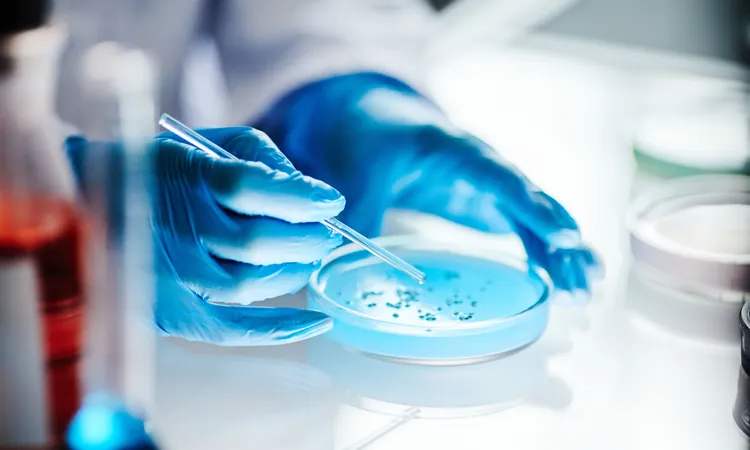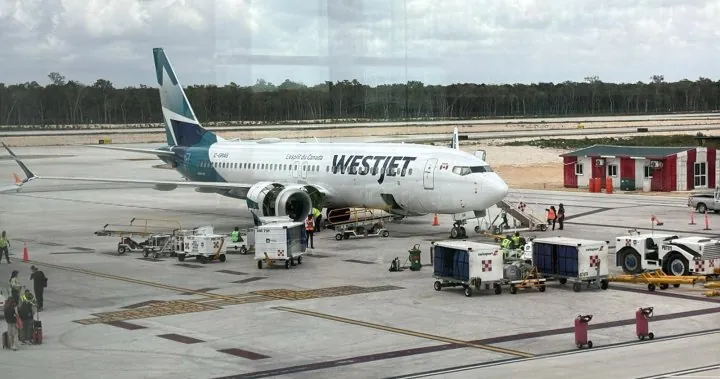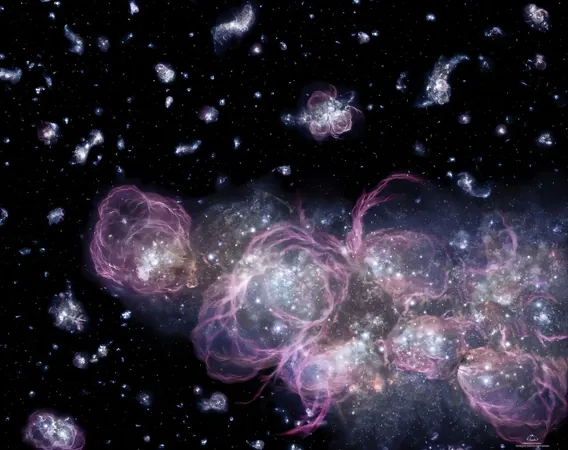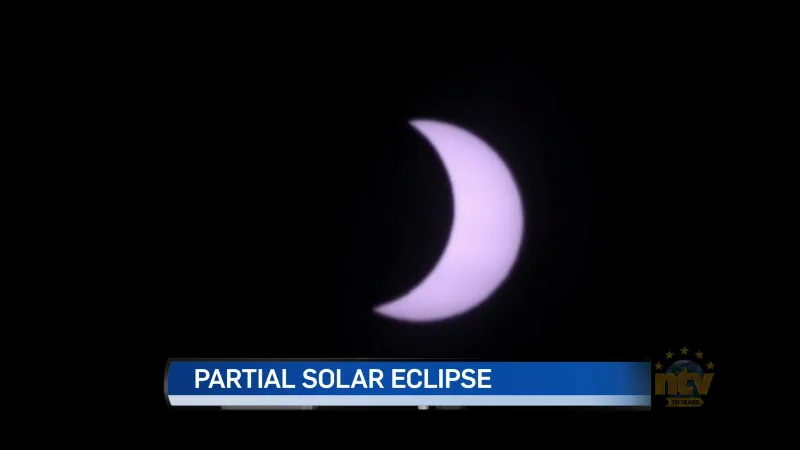
Revolutionary Heart Cells Grown in Space Could Pave the Way for Healing Damaged Hearts
2025-03-29
Author: Emily
Revolutionary Heart Cells Grown in Space Could Pave the Way for Healing Damaged Hearts
Heart disease remains the leading cause of death in the United States, claiming the lives of one in five people. Despite advances in medical science, the road to recovery for those with heart conditions can be challenging due to the heart's limited regenerative ability. When heart muscle tissue is damaged, it can significantly affect patients, especially those suffering from advanced heart failure.
For many patients, heart transplants are the last hope; however, the shortage of donor hearts and the growing waitlist have pushed scientists to delve into the realms of regenerative medicine and cardiac cell therapy. Among the innovative approaches being explored, researchers are turning to the unique environment of space.
At Emory University, researcher Chunhui Xu assembled a talented team to investigate whether microgravity could be harnessed to enhance heart cell therapy. Xu's hypothesis was inspired by previous findings that cancer cells grow under microgravity conditions, raising possibilities that heart cells, too, could exhibit improved growth and survival when cultivated in space.
Exploring Heart Cells in Microgravity
Focusing on human-induced pluripotent stem cells (hiPSC-CMs)—a form of stem cell capable of developing into heart muscle cells—Xu and her team aimed to overcome a major obstacle in cardiac therapy: the low survival rate of these cells when transplanted into damaged heart tissue. Typically, these cells do not survive well in the stressed environment of a failing heart, where conditions like low oxygen can lead to high mortality rates.
To test their hypothesis, Xu's lab embarked on a remarkable journey, sending actual heart cells into orbit on the SpaceX Crew-8 mission to the International Space Station (ISS). For eight days, these cardiac spheroids—3D cell structures derived from hiPSCs—were cultivated in microgravity, allowing scientists to observe potential changes in cell behavior.
Findings: Space Alters Heart Cells' Genetic Makeup
Upon their return to Earth, researchers conducted a detailed analysis of the cells. The results were striking: the cells had maintained normal beating activity and critical calcium signaling, essential for healthy heart function. Most astonishing, though, were the molecular changes observed in these cells.
The analysis revealed that spaceflight significantly altered both protein levels and gene expression in the heart cells. Key proteins associated with metabolism and cell survival were elevated, hinting that these space-grown cells were better equipped to withstand stress and survive in hostile environments.
The genetic analysis also indicated enhanced activity in pathways related to cardiac development and mitochondrial health. Such profound changes indicate that space may not only strengthen heart cells but also provide them with greater adaptability and resilience.
A New Era in Cardiac Treatment
Xu notes, “The space environment offers us a unique opportunity to study cells in novel ways. Our research on the ISS could allow us to design strategies to generate cardiac cells more efficiently, significantly increasing their chances of survival when transplanted.”
The implications of this revolutionary study extend beyond the lab setting. If cardiac cells cultured in space prove superior in survival capabilities, they could transform the landscape of regenerative medicine, offering new hope to patients who traditionally face long-term medication or the uncertainty of a transplant.
Imagine a future where patients benefit from engineered heart tissues cultivated in orbit, specifically tailored for life back on Earth. This groundbreaking research stands at the forefront of potential breakthroughs in the way we treat heart disease—not through conventional means, but via the remarkable capabilities offered by the microgravity of space.
As researchers like Xu push the boundaries of science and medicine in this direction, we inch closer to the extraordinary possibility of healing damaged hearts using our own cells, profoundly reshaping cardiac care as we know it.









 Brasil (PT)
Brasil (PT)
 Canada (EN)
Canada (EN)
 Chile (ES)
Chile (ES)
 Česko (CS)
Česko (CS)
 대한민국 (KO)
대한민국 (KO)
 España (ES)
España (ES)
 France (FR)
France (FR)
 Hong Kong (EN)
Hong Kong (EN)
 Italia (IT)
Italia (IT)
 日本 (JA)
日本 (JA)
 Magyarország (HU)
Magyarország (HU)
 Norge (NO)
Norge (NO)
 Polska (PL)
Polska (PL)
 Schweiz (DE)
Schweiz (DE)
 Singapore (EN)
Singapore (EN)
 Sverige (SV)
Sverige (SV)
 Suomi (FI)
Suomi (FI)
 Türkiye (TR)
Türkiye (TR)
 الإمارات العربية المتحدة (AR)
الإمارات العربية المتحدة (AR)